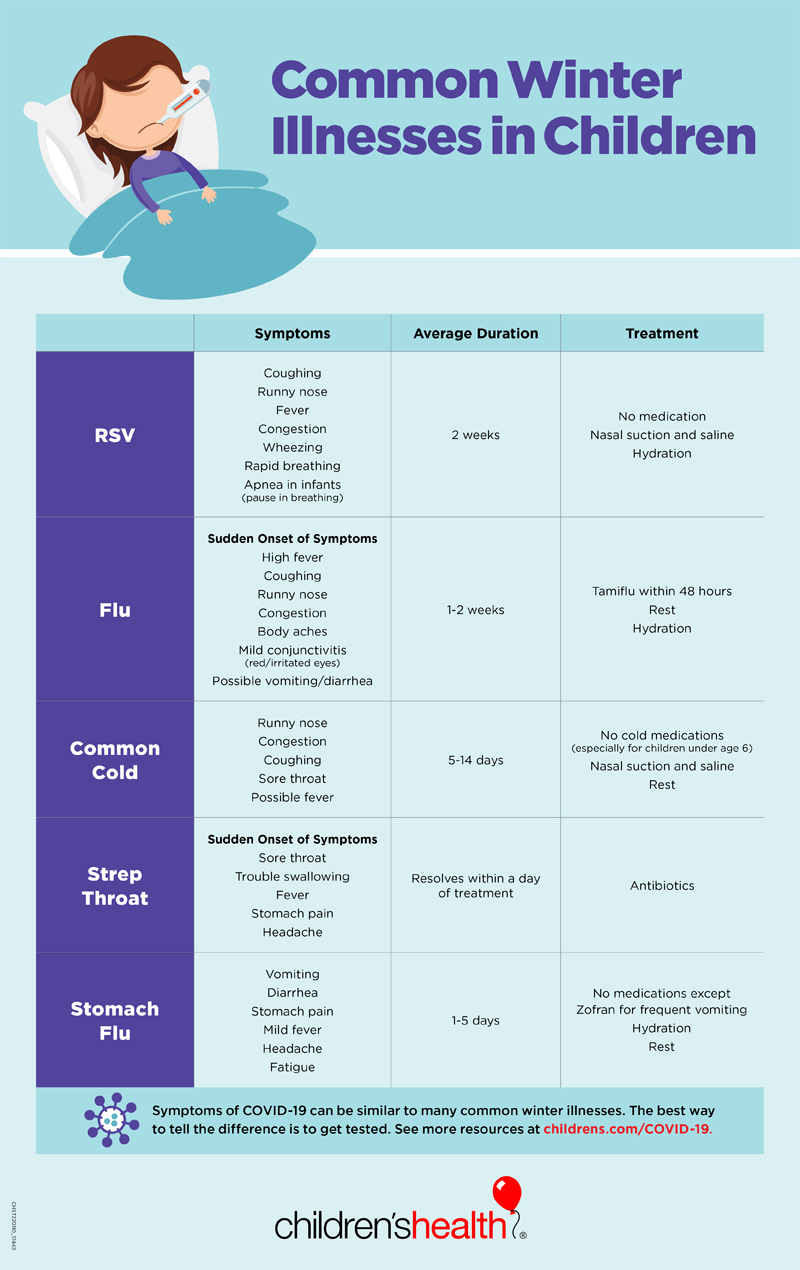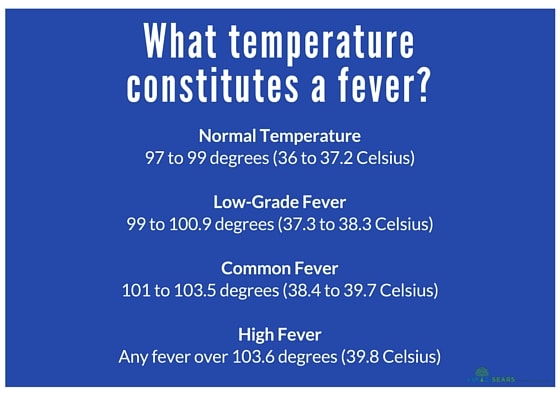Walking pneumonia or mycoplasma pneumonia can cause a high fever 9 and may also be a possible cause of their symptoms. Respiratory infections Respiratory infections can cause a persistent low grade fever.
What Causes A Fever And When To Seek Medical Attention
A viral fever can cause a person to feel fatigued irritable and achy.

Virus that causes fever for 5 days. Simple cases of food poisoning may seem similar to the stomach flu. Viral pneumonia and bronchitis are two other types of respiratory infections that can also cause a low-grade fever. Some of the most common respiratory infections such as.
Common illnesses that lead to fever and weakness include the flu and chicken pox among others. Even though the majority of viral fevers will go away within a couple of days some tend to be serious and need medical attention. Additional symptoms may vary based on the virus causing the underlying illness.
Drink 2 to 4 cups per dayA temperature of 994 is not a low grade fever any more than a blood. Influenza usually includes a higher fever 103 to 105 F that lasts for 3 to 5 days Lickerman says. A fever can happen for many different reasons.
While most viral fevers resolve on their own within a day or two some are more severe and. A viral fever refers to any fever that results from a viral infection such as the flu or dengue fever. 2 This all being said sometimes a headache and fever are signs of a run-of-the-mill.
Viral fever is a fever that is caused by a virus infection like dengue fever or flu. An infection caused by a virus or bacteria. The fever is often accompanied by chest discomfort chills and body aches.
Fever above 101F 383C with no known cause even after extensive diagnostic testing. For example the roseola virus causes a fever. You can also have a higher body temperature at different times of the day or after exercising.
Another common cause of fever and nausea is amoebic parasitic or bacterial infections often resulting from consuming contaminated foods. Fever that comes and goes. Fever For 5 Days In Adults.
Along with a fever chills and a sore throat pneumonia and bronchitis come. What other signs and symptoms may I have. Viral or bacterial illnesses can cause a fever and lead one to feel weak.
The following are common causes of fever. Systemic or whole-body infections such as the flu or early HIV symptoms may also cause a headache and fever as can less common conditions like a bleed or a tumor in the brain. What causes a recurrent fever.
Coughing might point to a respiratory illness as the cause of his fever like a cold that turned into pneumonia or a sinus infection. Some severe strains of viral fever which cause haemorrhaging are spread by mosquitoes tick bites or by coming into contact with an infected persons blood or semen. Fever and weakness are typically caused by an infection or illness in the body.
A fever of unknown origin is a temperature that reaches 101F 383C on and off for at. A brain infection or injury. Rotavirus causing gastroenteritis gives rise with mild to moderate fever which last for 1 to 2 days.
Alcohol or illegal drug use or withdrawal. Symptoms typically begin 4 to 5 days after you come into contact with the virus and last 1 to 4 days. Fever that is higher in the morning.
Rotavirus adenovirus and astrovirus most often infect infants and young children but they can also infect adults. COVID-19 symptoms usually include a fever similar to that caused by the flu. An inflammatory disorder such as arthritis.
In addition any. Fever associated with hand-foot-and-mouth disease caused by coxsackie viruses is generally low fever lasting for 2 to 3 days. Fever caused by adenovirus which infects the respiratory tract and intestinal tract can last for 3 to 5 days.
More severe illness may cause not only fever and feelings of nausea for several days but pronounced vomiting andor diarrhea. 56 Norovirus causes infections in people of all ages. It can take upto 21 days for some strains of viral fever to develop after the initial exposure to the virus.
January 24 2021 Fevers can be treated with medication but are sometimes best left to run their course. Call your doctor immediately when your. Intermittent for at least 3 weeks.
These causes can include.






